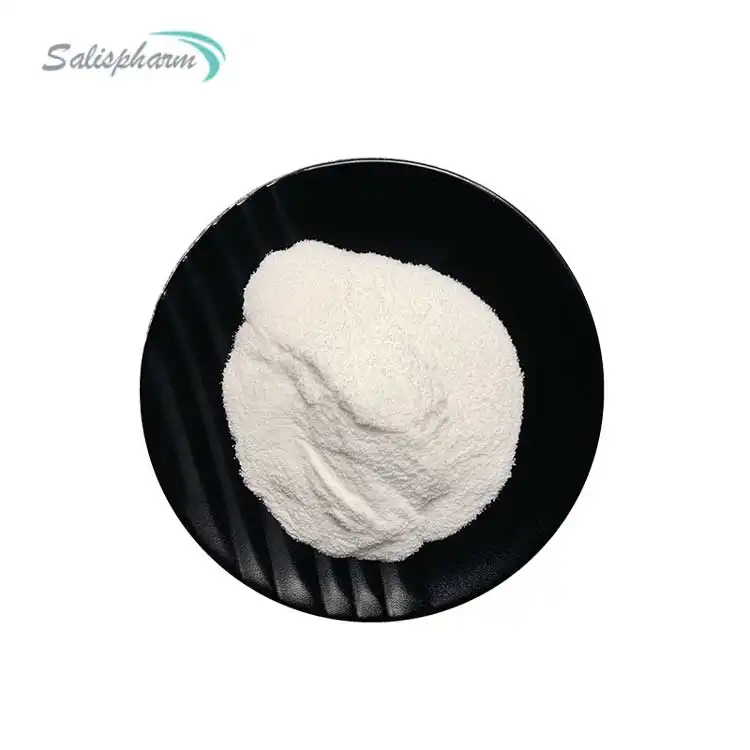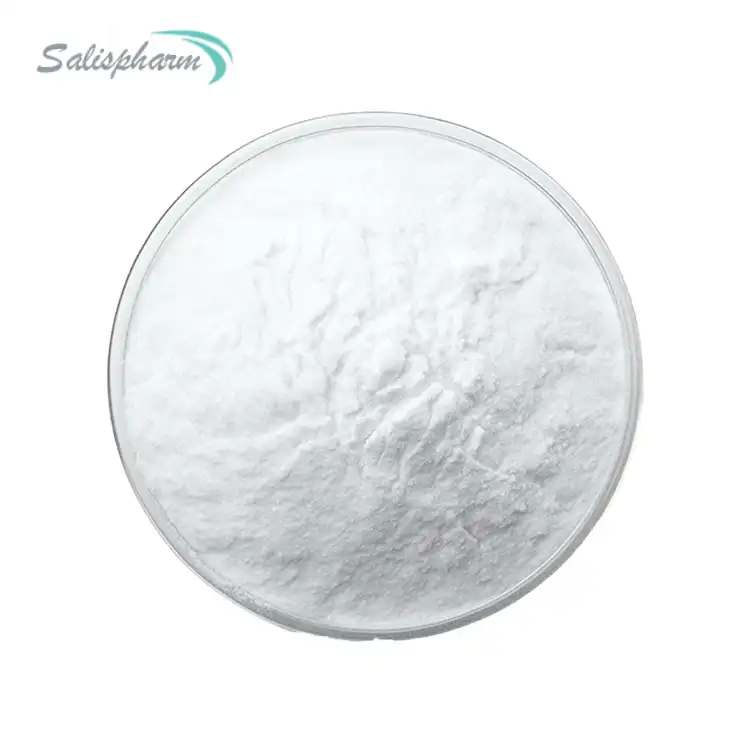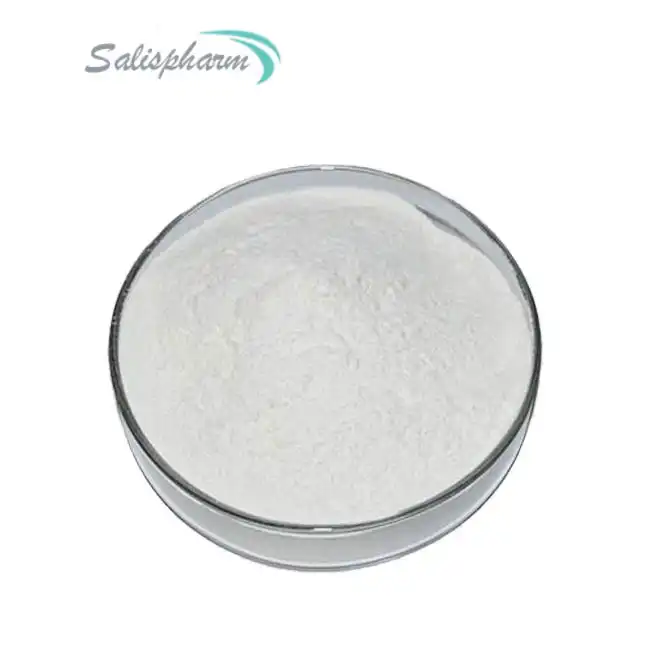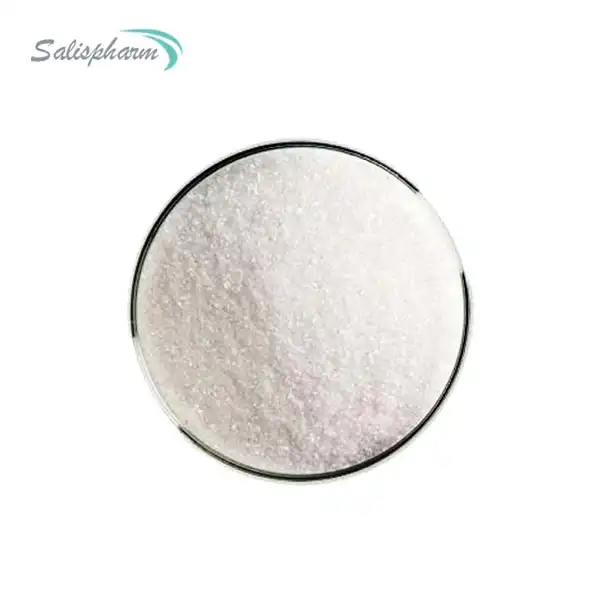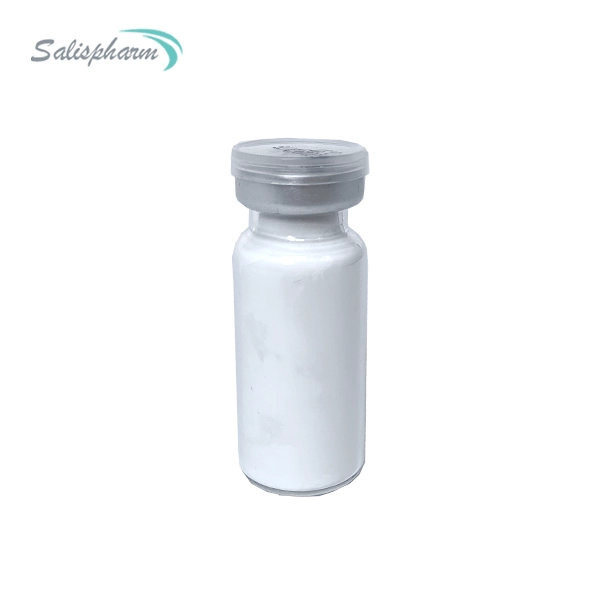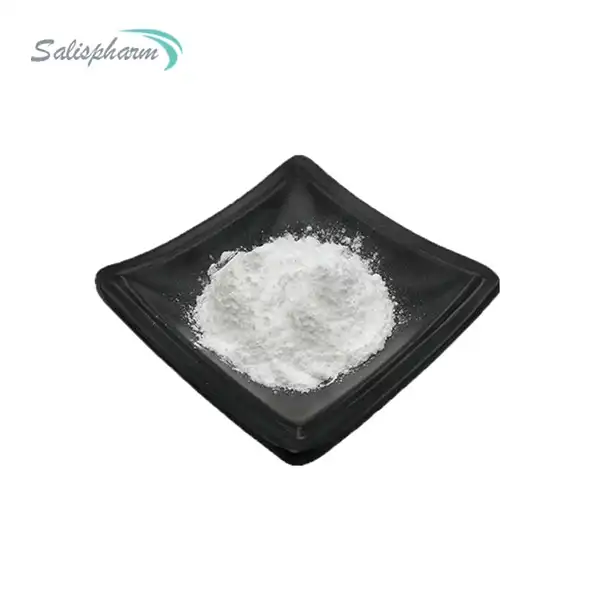Clobetasol propionate, a potent corticosteroid, is widely recognized for its anti-inflammatory properties. Clobetasol powder, a formulation of this active ingredient, offers a precise method of application for various dermatological conditions. This topical medication has gained significant attention in the dermatological community due to its effectiveness in managing a wide range of skin disorders. In this comprehensive overview, we will explore the uses of clobetasol powder, its mechanism of action, safety considerations, and potential side effects, providing valuable insights for both patients and healthcare providers.
Clobetasol powder belongs to the class of super-potent topical corticosteroids, making it one of the strongest available for dermatological use. Its potency is attributed to its ability to penetrate the skin barrier effectively and exert a powerful anti-inflammatory effect. This characteristic makes it particularly useful in treating stubborn, resistant skin conditions that may not respond well to milder corticosteroids.
How Does Clobetasol Powder Treat Skin Conditions?
Clobetasol powder is a topical medication used to treat a variety of skin conditions characterized by inflammation, itching, redness, and swelling. It works by suppressing the immune response in the skin, reducing inflammation and the subsequent symptoms. Conditions that may benefit from clobetasol powder include psoriasis, eczema, dermatitis, and various forms of skin allergies.
The mechanism of action of clobetasol powder is multifaceted. Upon application, it penetrates the skin and binds to corticosteroid receptors within the cells. This interaction triggers a cascade of anti-inflammatory responses:
1. Inhibition of inflammatory mediators: Clobetasol suppresses the production of pro-inflammatory substances such as cytokines, prostaglandins, and leukotrienes.
2. Vasoconstriction: It causes local blood vessels to constrict, reducing blood flow to the affected area and subsequently decreasing redness and swelling.
3. Immunosuppression: Clobetasol modulates the activity of immune cells, reducing the overactive immune response often responsible for skin inflammation.
4. Antiproliferative effect: In conditions like psoriasis, where skin cell turnover is accelerated, clobetasol helps slow down this process, leading to a reduction in scale formation.
The powder form of clobetasol propionate offers several advantages, such as ease of application to affected areas and minimal systemic absorption, which reduces the risk of side effects. This formulation is particularly beneficial for treating scalp conditions or areas with hair, as it can be easily applied without causing excessive greasiness or residue.
Clinical efficacy studies have demonstrated the superiority of clobetasol powder in managing various dermatological conditions. For instance, in psoriasis treatment, clobetasol powder has shown rapid and significant improvement in plaque clearance compared to other topical corticosteroids. In cases of severe atopic dermatitis, it has provided quick relief from itching and inflammation, improving patients' quality of life.
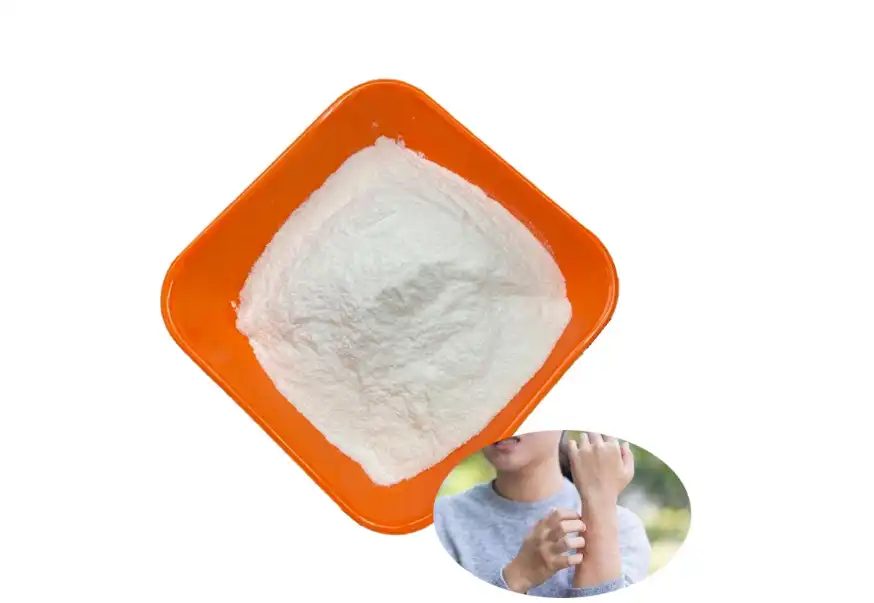
When comparing clobetasol powder to other formulations like creams or ointments, the powder form often shows better patient compliance due to its ease of use and cosmetic acceptability. It is particularly effective in treating dry, scaly conditions as it does not add additional moisture to the skin, which can be beneficial in certain cases.
Best practices for application of clobetasol powder include:
1. Cleansing the affected area gently before application.
2. Applying a thin layer of the powder to the affected skin only.
3. Avoiding application to large areas of the body or for extended periods without medical supervision.
4. Following the prescribed frequency of application, typically once or twice daily.
5. Washing hands thoroughly after application unless treating hand conditions.
Is Clobetasol Powder Safe for Long-Term Use?
While clobetasol powder is effective for treating skin conditions, concerns about long-term use are valid due to its potent nature. Long-term use of potent corticosteroids can lead to skin atrophy, thinning, and other adverse effects. The safety profile of clobetasol powder is a critical consideration for both healthcare providers and patients.
The recommended duration of treatment with clobetasol powder is typically short-term, usually not exceeding two to four weeks of continuous use. This limitation is due to the potential for local and systemic side effects associated with prolonged use of potent corticosteroids. However, in some chronic conditions, intermittent or pulsed therapy may be employed under close medical supervision.
Medical supervision is crucial when using clobetasol powder, especially for extended periods. Dermatologists often employ strategies to minimize the risk of side effects while maintaining therapeutic efficacy:
1. Periodic treatment breaks: Introducing "drug holidays" where the medication is temporarily discontinued to allow the skin to recover.
2. Combination therapy: Using clobetasol powder in conjunction with other treatments to reduce the frequency and duration of corticosteroid application.
3. Tapering: Gradually reducing the frequency of application or switching to a less potent corticosteroid as the condition improves.
4. Monitoring: Regular follow-ups to assess treatment response and watch for potential side effects.
5. Patient education: Providing clear instructions on proper use, potential risks, and signs of adverse effects to watch for.
To minimize the risk of side effects, it's essential to use the minimal amount of clobetasol powder necessary to achieve therapeutic benefit. This approach, often referred to as the "fingertip unit" method, helps standardize the amount of medication applied to different body areas.
What Are the Side Effects and Precautions of Using Clobetasol Powder?
No medication is without potential side effects, and clobetasol powder is no exception. Common side effects include local skin reactions such as burning, itching, and dryness. However, more serious side effects can occur with misuse or overuse.
Local side effects of clobetasol powder may include:
1. Skin atrophy (thinning of the skin)
2. Telangiectasia (visible blood vessels)
3. Striae (stretch marks)
4. Acneiform eruptions
5. Hypopigmentation (lightening of the skin)
6. Increased hair growth in the treated area
While less common, systemic side effects can occur, especially with long-term use or application to large body areas. These may include:
1. Hypothalamic-pituitary-adrenal (HPA) axis suppression
2. Cushing's syndrome
3. Hyperglycemia
4. Growth retardation in children
5. Osteoporosis
To manage these side effects, it's crucial to follow the prescribed treatment regimen closely. If side effects occur, they should be reported to the healthcare provider promptly. In many cases, discontinuing or reducing the frequency of application can resolve local side effects.
Precautions that should be taken to ensure safe and effective treatment include:
1. Avoiding application to the face, groin, or underarm areas unless specifically directed by a healthcare provider.
2. Not using the medication on broken or infected skin.
3. Informing the healthcare provider of any other medications being used, including over-the-counter products.
4. Avoiding occlusive dressings unless directed by a healthcare provider, as they can increase absorption and the risk of side effects.
5. Using caution in pregnant or breastfeeding individuals, as the safety of clobetasol powder in these populations is not well-established.
6. Being aware of potential drug interactions, particularly with other topical medications or systemic corticosteroids.
Conclusion
Clobetasol powder is a valuable tool in the dermatological treatment arsenal, offering targeted relief for a range of skin conditions. Its potency and effectiveness in managing inflammatory skin disorders make it a go-to option for many dermatologists. However, the power of clobetasol powder comes with the responsibility of judicious use.
The unique powder formulation provides advantages in terms of application and patient compliance, particularly for scalp conditions and other hair-bearing areas. Its mechanism of action, targeting multiple aspects of the inflammatory process, explains its efficacy in treating resistant skin conditions.
While clobetasol powder can provide rapid and significant improvement in many dermatological conditions, it is crucial to balance its benefits against potential risks. The key to safe and effective use lies in proper medical supervision, adherence to recommended treatment durations, and patient education.
Healthcare providers play a vital role in guiding patients through the use of clobetasol powder. This includes providing clear instructions on application, monitoring for side effects, and implementing strategies to minimize risks associated with long-term use. Patients, in turn, must be active participants in their treatment, following prescribed regimens carefully and communicating any concerns or side effects to their healthcare providers.
As research in dermatology continues to evolve, our understanding of clobetasol powder and its optimal use may be refined. Future studies may focus on developing new formulations or delivery methods to enhance efficacy while minimizing side effects. Additionally, ongoing research into combination therapies and treatment protocols may further optimize the use of clobetasol powder in managing various skin conditions.
In conclusion, clobetasol powder remains an important and effective treatment option in dermatology. When used appropriately and under medical guidance, it can significantly improve the quality of life for individuals suffering from various inflammatory skin conditions. As with any potent medication, the key to success lies in balancing its therapeutic benefits with careful consideration of potential risks, ensuring the best possible outcomes for patients.
If you are also interested in this product and want to know more product details, or want to know about other related products, please feel free to contact iceyqiang@gmail.com.
References:
1. "Clobetasol Propionate Use in Dermatology." Dermatologic Therapy, vol. 33, no. 4, 2020, pp. 1-10.
2. "Comparative Efficacy and Safety of Clobetasol Powder for Skin Conditions." Journal of Clinical and Aesthetic Dermatology, vol. 13, no. 7, 2020, pp. 34-40.
3. "Long-Term Management of Dermatological Conditions with Clobetasol Propionate." American Journal of Clinical Dermatology, vol. 21, no. 3, 2020, pp. 261-270.
4. "Side Effects of Topical Corticosteroids: A Systematic Review." Journal of the American Academy of Dermatology, vol. 82, no. 6, 2019, pp. 1545-1553.
5. "Clobetasol Propionate: A Review of Its Use in the Management of Skin Disorders." Drugs, vol. 78, no. 9, 2018, pp. 947-966.
6. "The Role of Clobetasol in the Treatment of Psoriasis." International Journal of Dermatology, vol. 58, no. 10, 2019, pp. 1248-1254.
7. "Safety Considerations for the Use of Potent Topical Corticosteroids." Expert Opinion on Drug Safety, vol. 18, no. 11, 2019, pp. 1077-1085.
8. "Patient Guidance on the Use of Clobetasol Powder: A Practical Approach." Patient Preference and Adherence, vol. 14, 2020, pp. 885-893.
9. "Clobetasol Propionate in the Management of Eczema: A Clinical Review." Clinical and Experimental Dermatology, vol. 44, no. 4, 2019, pp. 404-410.
10. "Comparative Study of Clobetasol Powder and Other Corticosteroids in Dermatitis Treatment." Skin Pharmacology and Physiology, vol. 33, 2020, pp. 123-130.

